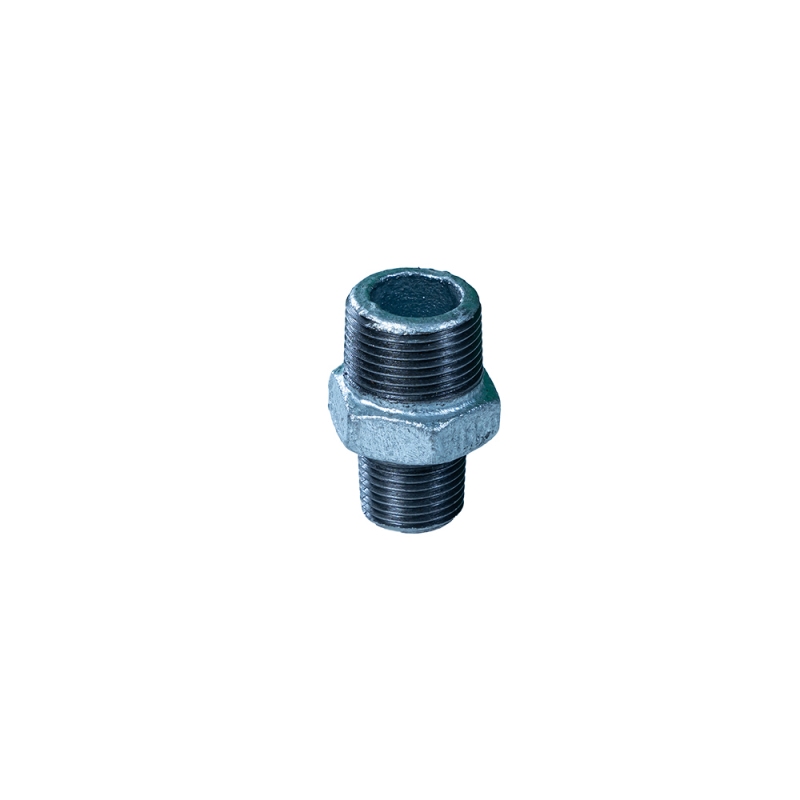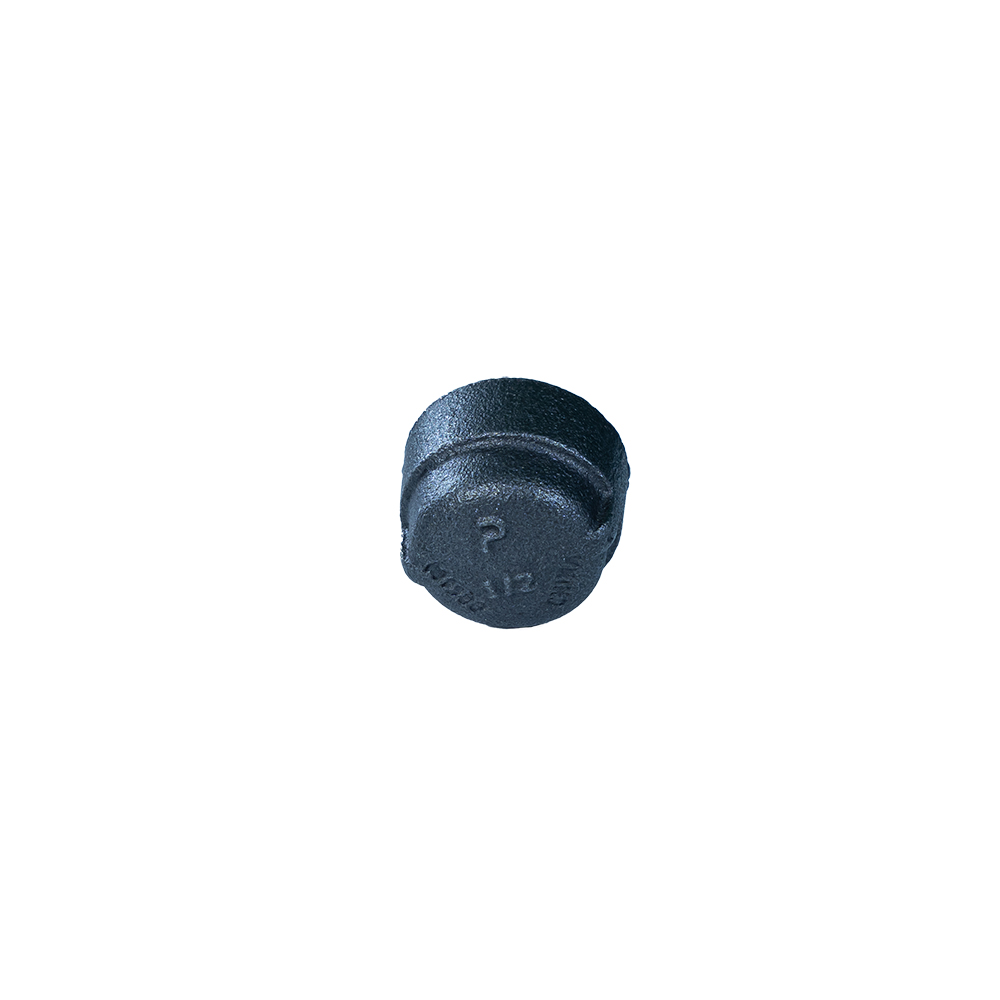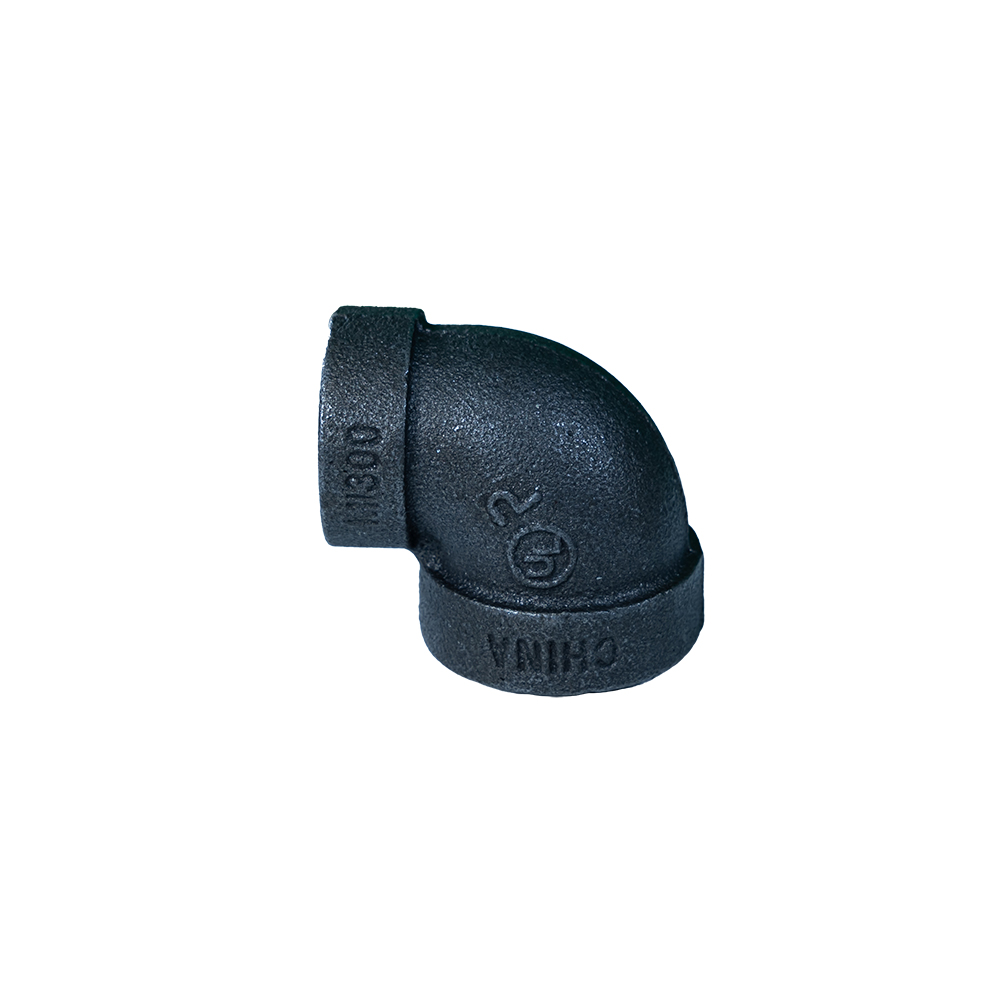What Are 1 2 Black Iron Fittings and Why Do They Matter Globally?
If you’ve ever peeked behind the scenes at water supply systems, gas lines, or industrial piping, you’ve probably seen black iron pipes and their trusty companions: the fittings. Specifically, the 1 2 black iron fittings—those modest, threaded connectors designed primarily for half-inch pipes—play a surprisingly crucial role.
Globally speaking, these fittings are little heroes. From sprawling cities to remote villages, their robust design supports critical infrastructure that millions depend on. Understanding these fittings isn't just a technical curiosity — it’s about appreciating a small but mighty piece of the industrial puzzle that supports everyday life and development worldwide.
Introduction: The Worldwide Importance of 1 2 Black Iron Fittings
Black iron fittings have an intriguing global footprint. According to industry data and ISO standards, black iron pipes and fittings are among the most commonly used materials for gas and water distribution due to their durability and cost-effectiveness. The global piping market, which was valued at over $80 billion in recent years, continues to grow steadily. Within this, the niche for precise fittings like the 1 2 black iron fittings sees demand surge as cities modernize and industries expand.
However, despite their ubiquity, challenges persist—like corrosion resistance in humid tropical climates or ensuring supply chain consistency under global disruptions. That’s why engineers and planners are forever on the lookout for dependable components that can withstand a myriad of pressures without breaking the bank.
Defining 1 2 Black Iron Fittings in Simple Terms
At its core, a 1 2 black iron fitting is a threaded connector designed for half-inch black iron pipes, typically made from mild steel with a dark protective oxide coating. These fittings come in various shapes—elbows, tees, couplings, nipples—to connect, redirect, or terminate pipe sections.
Though "black iron" might make you think of heavy machinery or thick steel beams, these fittings are actually quite precise tools in modern water, heating, and gas systems. They bridge the gap between raw piping and sophisticated networks, ensuring safe and functional flow in everything from residential gas stoves to massive industrial plants—or even vital humanitarian water projects.
Mini takeaway:
Think of 1 2 black iron fittings as small but essential building blocks—the connections that hold big systems together effectively and safely.
Breaking Down Core Components of 1 2 Black Iron Fittings
Durability
Black iron fittings are prized for their robustness and longevity. The steel’s carbon content and protective black oxide coating give it resistance against mechanical wear, making it ideal for harsh environments.
Corrosion Resistance
Unlike bare steel, the black coating slows down oxidation but isn’t a perfect barrier against rust. For indoor or covered applications, they last decades. Outdoors? Maintenance or painting usually steps in.
Threaded Precision
The fittings feature standard tapered threads (NPT - National Pipe Thread) that ensure a tight seal without extra compounds. This makes installation straightforward and leak-resistant with proper technique.
Cost Efficiency
Compared to materials like copper or stainless steel, black iron fittings and pipes are budget-friendly, especially for large projects requiring hundreds or thousands of connections.
Versatility
These fittings suit a wide range of uses: both gas and liquid conveyance, indoor or moderately exposed exterior installations, and can be paired with many piping systems.
Easy Availability
Given their popularity, 1 2 black iron fittings are mass-produced worldwide and stocked at most industrial suppliers, keeping downtime minimal for contractors.
Mini takeaway:
In terms of practical use, these fittings combine long life with ease of installation and budget-friendliness—hard to beat factors in engineering projects.
Global Applications & Real-Life Use Cases For 1 2 Black Iron Fittings
Now, where do these fittings actually get used? The answer is everywhere.
- Municipal Water and Gas Systems: Black iron fittings are used extensively to join pipes in urban water supply routes and natural gas distribution networks, spanning from New York to Nairobi.
- Industrial Facilities: Chemical plants, refineries, and manufacturing units use 1 2 black iron fittings to assemble piping that carries gases or water under high pressure.
- Emergency Relief Operations: In post-disaster zones, quick installation of modular water systems relies heavily on durable fittings like these to restore essential services.
- Remote Installations: In isolated mining operations or research stations, the fittings' durability and ease of replacement are appreciated, especially where expert labor is scarce.
Mini takeaway:
Whether high-tech or humble field projects, these fittings form a backbone of reliable piping connections across continents.
Advantages & Long-Term Value of Using 1 2 Black Iron Fittings
When engineers specify black iron fittings, they’re not just thinking about the immediate project needs—they’re betting on long-term reliability.
- Cost Savings: The balance of strength and affordability means budgets stretch further without sacrificing performance.
- Sustainability: Steel is recyclable, and when fittings last decades, the environmental impact reduces versus frequent replacements.
- Safety and Trust: Gas piping especially demands zero leaks. Black iron’s tight threading and resilience deliver安心 (peace of mind) for both workers and occupants.
- Maintainability: Should repairs be needed, standard sizes and worldwide availability ease quick fixes.
Product Specification Table for 1 2 Black Iron Fittings
| Specification | Detail |
|---|---|
| Material | Mild Steel with Black Oxide Coating |
| Nominal Pipe Size (NPS) | 1/2 inch |
| Thread Type | NPT (National Pipe Thread) |
| Pressure Rating | Up to 300 psi (varies by fitting type) |
| Operating Temperature | -20°C to 120°C (-4°F to 248°F) |
| Common Types | Elbows, Tees, Couplings, Nipples, Caps |
Comparing Top Vendors of 1 2 Black Iron Fittings
| Feature | PanNext Fittings | GlobalPipe Co. | IronLink Supplies |
|---|---|---|---|
| Product Range | Extensive, customizable | Wide but standard | Niche models |
| Quality Certification | ISO 9001 / ASTM compliant | ASTM only | CE certified |
| Pricing | Competitive | Premium | Budget-friendly |
| Delivery Time | 5-7 days worldwide | 7-10 days | 3-5 days (limited regions) |
| Customer Support | 24/7 technical support | Business hours only | Email support only |
Looking Ahead: Future Trends and Innovations
The world of black iron fittings isn’t standing still. Innovations are shaping the future:
- Corrosion-resistant Coatings: New environmentally friendly coatings promise longer life without complicating recyclability.
- Automation in Manufacturing: Precise CNC threading and 3D scanning improve fit tolerances and reduce waste.
- Sustainability Drives: Recycling programs for steel products are gaining traction to cut down on raw material demand.
- Digital Supply Chains: Integration of smart inventory tracking with suppliers such as 1 2 black iron fittings specialists ensures downtime is minimal.
Challenges & Smart Solutions
Despite their many benefits, black iron fittings face a few roadblocks:
- Corrosion Risk Outdoors: The traditional black oxide coating is not failproof against moisture and salt.
- Weight: Steel fittings can be heavy compared to plastic alternatives, affecting labor and transportation costs.
But engineers offset these by applying paint systems, cathodic protection, or considering hybrid piping systems that combine black iron for strength with lightweight elements elsewhere.
FAQ: Frequently Asked Questions About 1 2 Black Iron Fittings
- Q: Are 1 2 black iron fittings suitable for gas pipelines?
- A: Yes, they are widely used in gas distribution. Their threaded design and durability make them safe, provided you adhere to installation standards and inspect regularly.
- Q: How do these fittings compare to stainless steel ones?
- A: Black iron fittings are generally more cost-effective but less corrosion resistant. Stainless steel is preferred in highly corrosive or food-grade environments.
- Q: Can I paint black iron fittings to improve longevity?
- A: Absolutely. Applying a protective paint or primer significantly extends the life of your fittings, especially in outdoor or humid conditions.
- Q: Where can I buy reliable 1 2 black iron fittings?
- You can find certified suppliers like 1 2 black iron fittings specialists online or through industrial distributors worldwide.
- Q: Are these fittings easy to install for DIY projects?
- Installation requires threading expertise and proper sealing techniques. While doable, professional guidance is recommended to ensure safety and leak prevention.
Wrapping It Up: Why You Should Look Closer at 1 2 Black Iron Fittings
So, what’s the takeaway? These small but mighty 1 2 black iron fittings quietly keep essential systems running. Their proven effectiveness, affordability, and adaptability across global industries make them indispensable.
If you’re looking to source quality black iron fittings or want to upgrade your piping infrastructure, 1 2 black iron fittings suppliers like PanNext could be your next stop—bringing reliability straight to your projects.
Final thoughts
In the piping world, it’s often the tiniest parts that do the toughest jobs — and these fittings hold that humble honor well.
References
Post time: Nov-23-2025









